Unveiling the 16 Coldest Countries on Earth and the Resilient Communities That Thrive in Extreme Climates.
The Earth is home to a diverse range of climates, from scorching deserts to tropical rainforests. However, some regions experience extreme cold temperatures that defy imagination. In this comprehensive article, we will delve into the 16 coldest countries in the world, exploring the unique challenges and wonders of living in these frigid environments.
Antarctica:
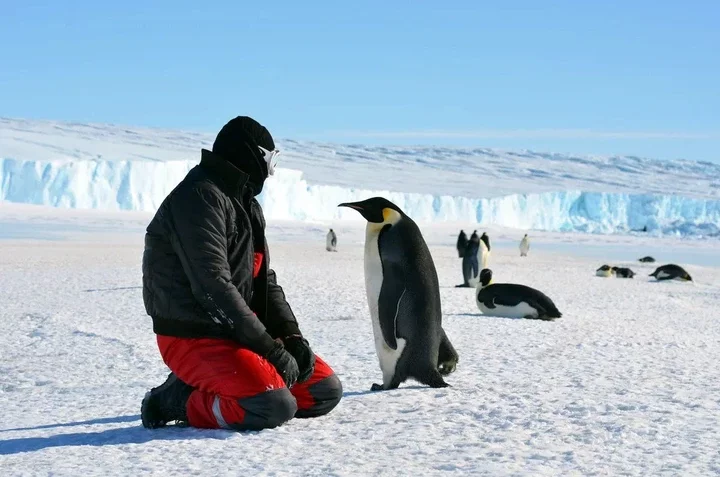
Unquestionably the coldest place on Earth, Antarctica is not a country but a continent. However, it is worth mentioning due to its extreme cold temperatures. The lowest recorded temperature on the Antarctic Plateau is a bone-chilling -128.6°F (-89.2°C). With no permanent human residents, Antarctica is a vast, icy wilderness that presents unparalleled challenges for scientific exploration.
Russia:
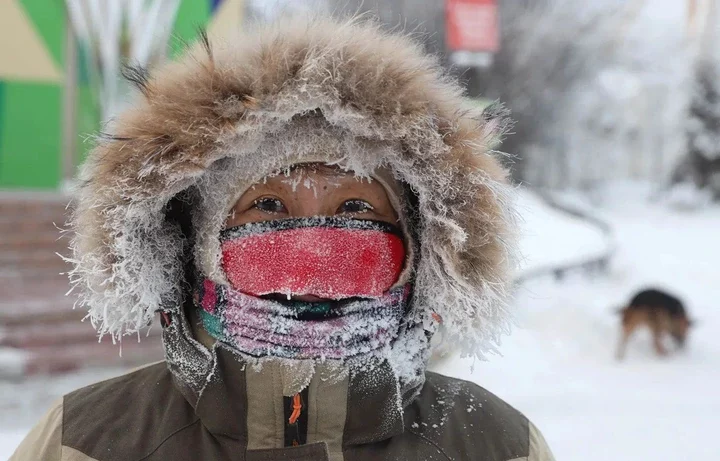
As the world's largest country, Russia spans a vast range of climates, from subtropical in the south to Arctic in the north. Siberia, an expansive region in the east, is known for its harsh winters. The town of Oymyakon holds the record for the coldest inhabited place on Earth, with temperatures dropping to -128.6°F (-89.2°C).
Canada:
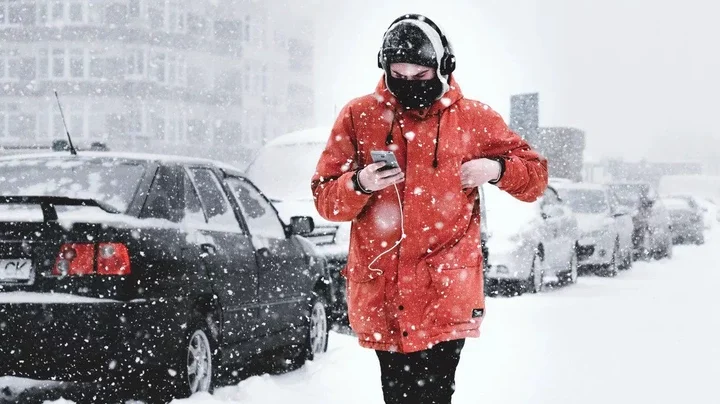
Canada, the second-largest country globally, boasts a significant portion of Arctic territory. Cities like Yellowknife in the Northwest Territories experience bitterly cold winters, with temperatures often plummeting below freezing. The Canadian Arctic Archipelago is home to some of the coldest inhabited places on the planet.
Greenland:
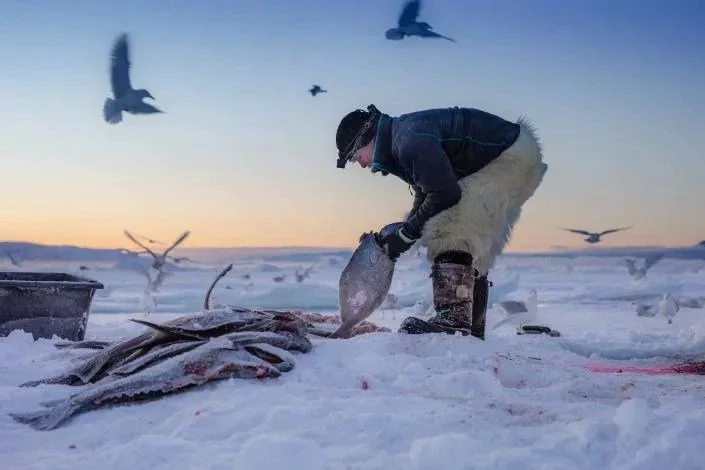
An autonomous territory within the Kingdom of Denmark, Greenland is known for its massive ice sheet and extreme cold. The town of Summit holds the record for the coldest temperature recorded in the Northern Hemisphere, reaching -86.8°F (-66°C). Greenland's Arctic climate poses challenges for its small population, mainly residing along the coast.
Iceland:
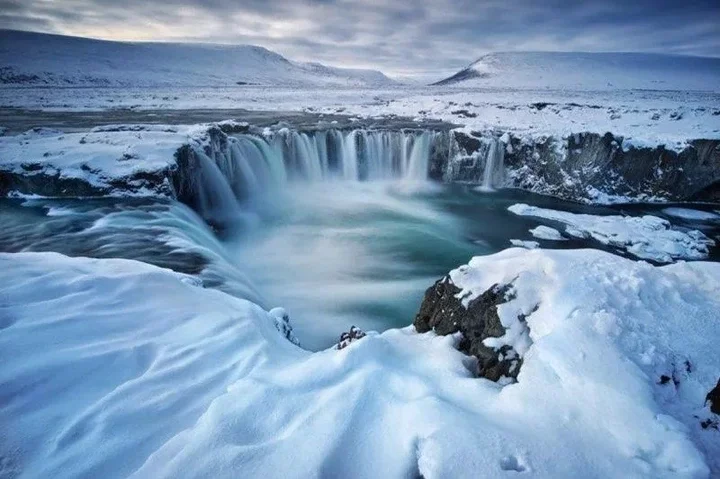
Situated in the North Atlantic Ocean, Iceland experiences a subarctic climate with cold winters. The capital, Reykjavik, witnesses temperatures well below freezing during the winter months. Despite its chilly climate, Iceland's unique geothermal features, including hot springs and geysers, make it a fascinating destination.
Finland:
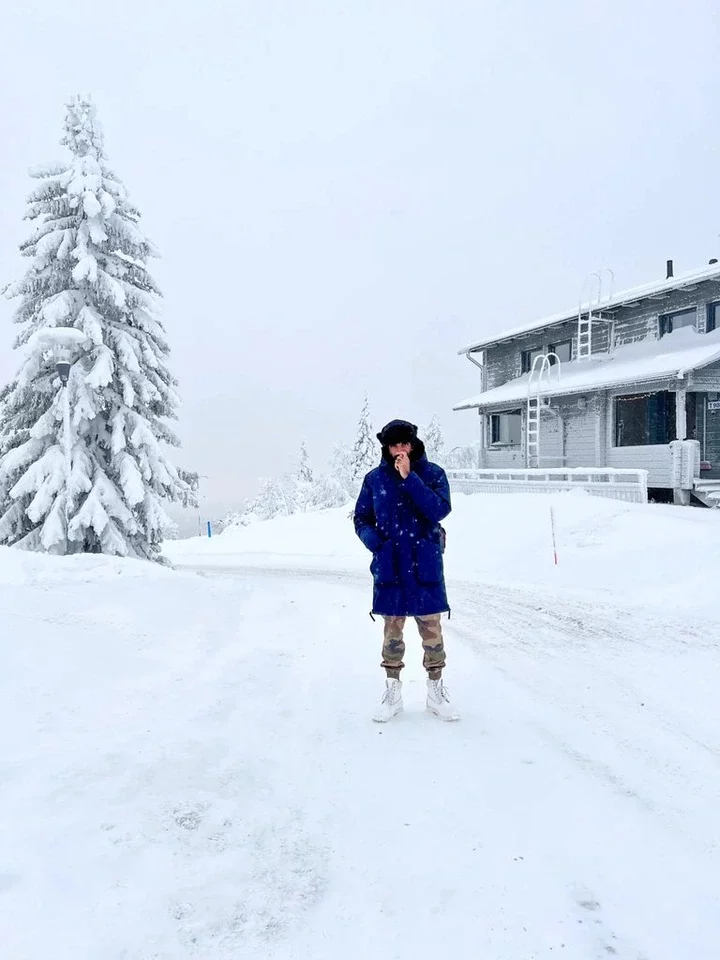
Nestled in Northern Europe, Finland is renowned for its picturesque landscapes and, of course, its cold winters. Lapland, the northernmost region, is home to the indigenous Sámi people and experiences subarctic conditions. The town of Kittilä often sees temperatures dropping to -40°F (-40°C) during the winter.
Sweden:
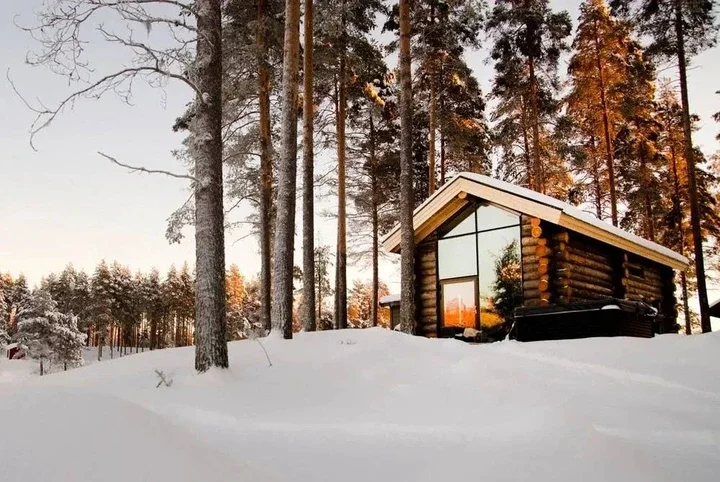
Sharing a similar climate to its neighbor Finland, Sweden experiences cold winters, especially in the northern regions. The Lapland region extends into Sweden, where the town of Jokkmokk is known for its frigid temperatures. Ice hotels, such as the famous ICEHOTEL in Jukkasjärvi, attract visitors seeking a unique, frozen experience.
Norway:
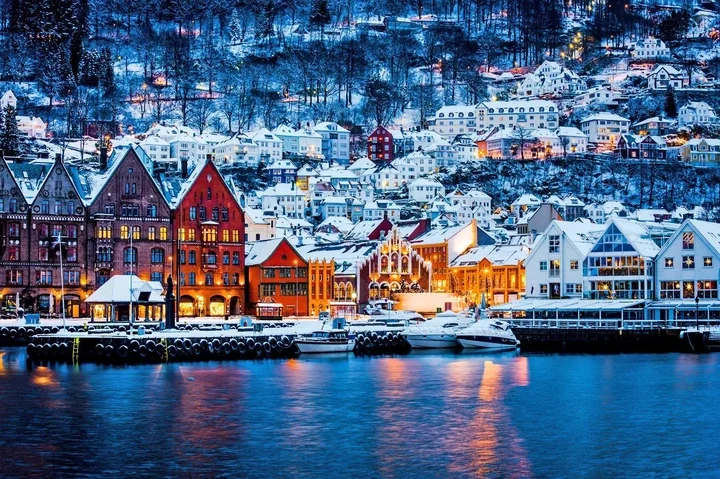
Norway's varied topography results in diverse climates, with the coastal areas experiencing milder temperatures compared to the inland regions. Northern Norway, however, witnesses Arctic conditions, particularly in winter. Tromsø, situated above the Arctic Circle, is known for its polar nights and aurora borealis displays.
Kazakhstan:
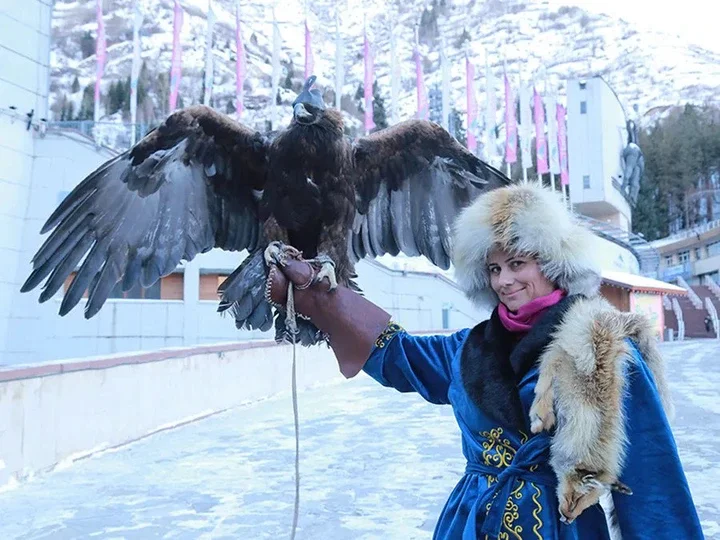
As the world's largest landlocked country, Kazakhstan experiences extreme temperature variations. The northern regions, including the capital Nur-Sultan (formerly Astana), face harsh winters with temperatures dropping to -40°F (-40°C). The vast steppes and high mountain ranges contribute to Kazakhstan's diverse climate.
United States (Alaska):
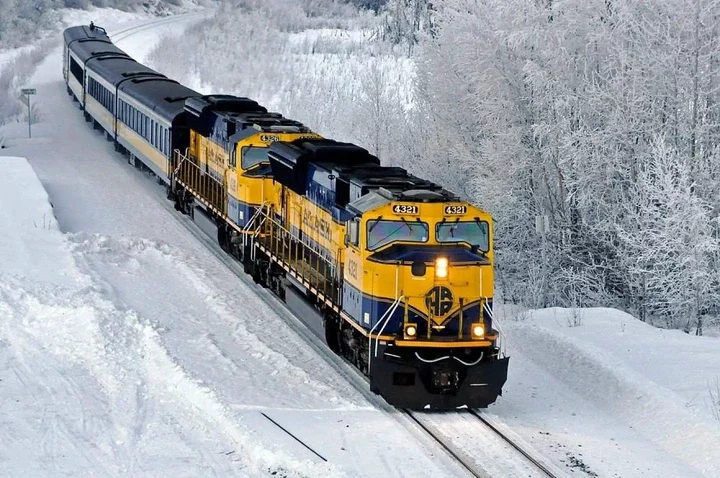
The state of Alaska, located in the far northwest of North America, is the coldest part of the United States. Cities like Fairbanks and Barrow (now known as Utqiaġvik) endure frigid winters, with temperatures reaching -50°F (-45.6°C). Alaska's Arctic landscape is marked by tundra and ice-covered expanses.
Mongolia:
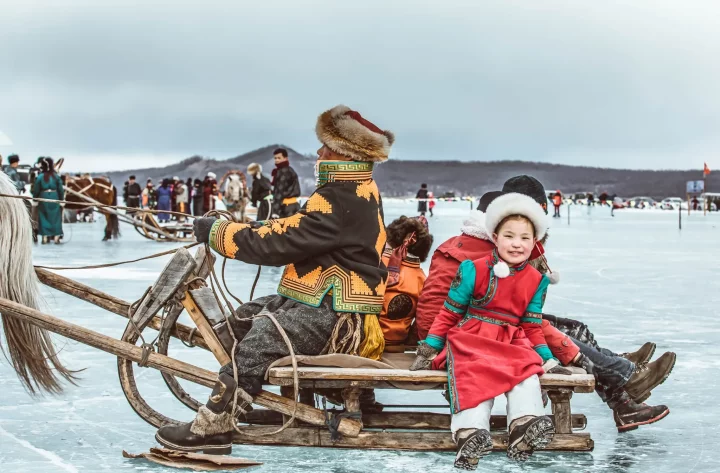
Landlocked between Russia and China, Mongolia experiences a continental climate characterized by harsh winters and hot summers. The capital, Ulaanbaatar, is known for its severe winter temperatures, often dropping below -40°F (-40°C). Nomadic herding communities in the countryside adapt to the challenging climate.
Kyrgyzstan:
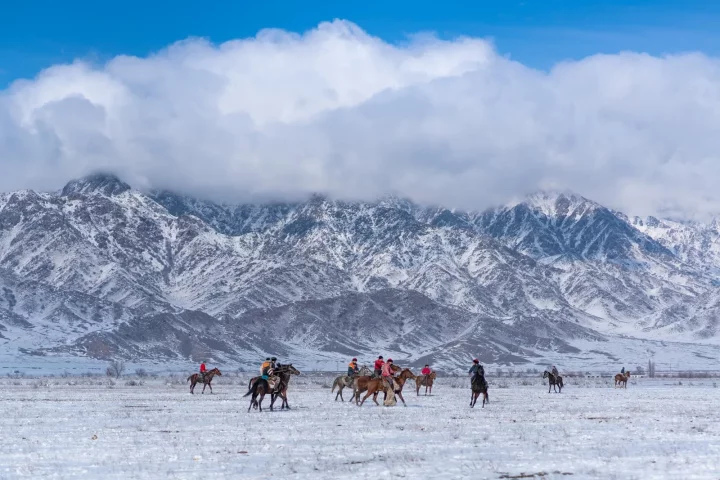
Nestled in Central Asia, Kyrgyzstan features diverse landscapes, including high mountain ranges and vast plateaus. The capital, Bishkek, experiences cold winters with temperatures hovering around freezing. The mountainous regions, such as the Tian Shan range, contribute to Kyrgyzstan's overall cold climate.
Estonia:
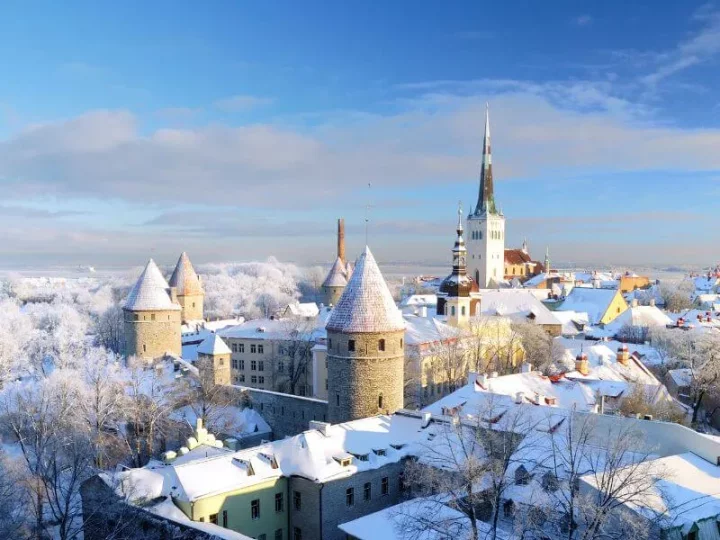
A Baltic state in Northern Europe, Estonia faces a humid, continental climate with cold winters. The capital, Tallinn, sees temperatures dipping below freezing during the winter months. Estonia's proximity to the Baltic Sea influences its weather patterns, with coastal areas experiencing milder conditions compared to the interior.
Latvia:

Another Baltic state, Latvia shares a similar climate with Estonia. Riga, the capital, witnesses cold winters with temperatures often dropping below freezing. Latvia's diverse landscapes, including dense forests and a lengthy coastline along the Baltic Sea, contribute to its overall climate.
Lithuania:
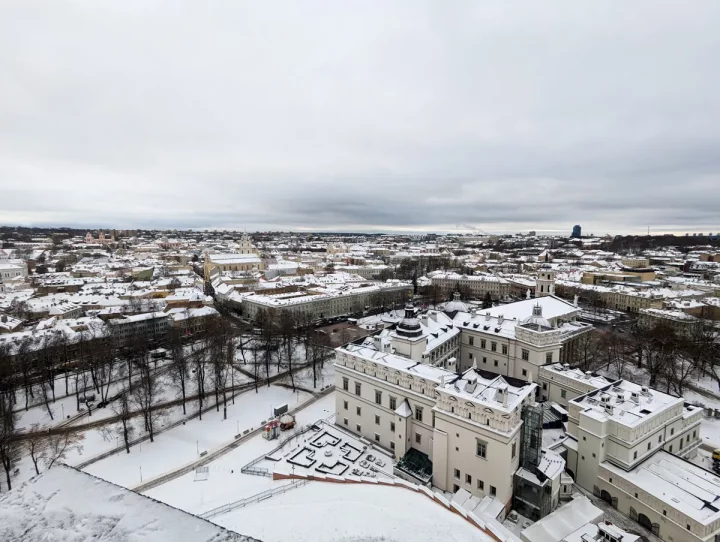
Completing the trio of Baltic states, Lithuania experiences a temperate climate with cold winters. Vilnius, the capital, faces chilly temperatures during the winter months, making warm clothing a necessity. Lithuania's cultural heritage, showcased in its historic cities and traditional festivals, contrasts with its cold climate.
Bhutan:

Nestled in the Eastern Himalayas, Bhutan experiences a diverse climate due to its varied topography. The northern regions, including the capital Thimphu, witness cold winters with temperatures often dropping below freezing. Bhutan's mountainous landscapes contribute to its overall cool climate, attracting trekking enthusiasts seeking high-altitude adventures.
Exploring the coldest countries in the world reveals a tapestry of diverse landscapes, from the icy expanses of Antarctica to the rugged mountains of the Himalayas. The inhabitants of these frigid regions have adapted to extreme conditions, and their unique cultures and lifestyles reflect the challenges and wonders of living in some of the coldest places on Earth.

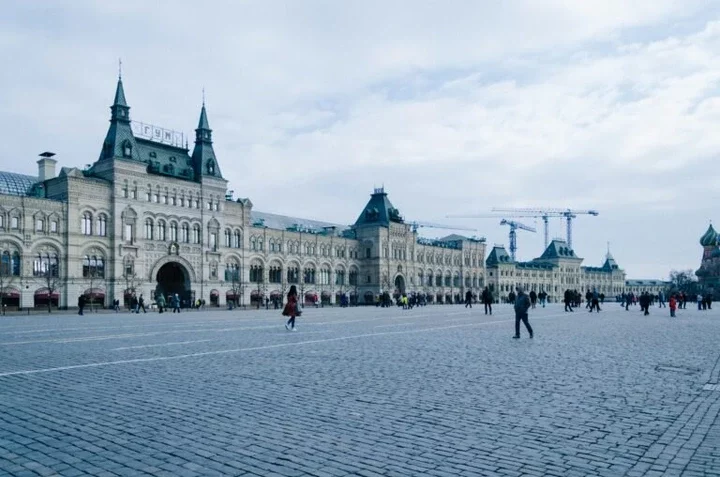

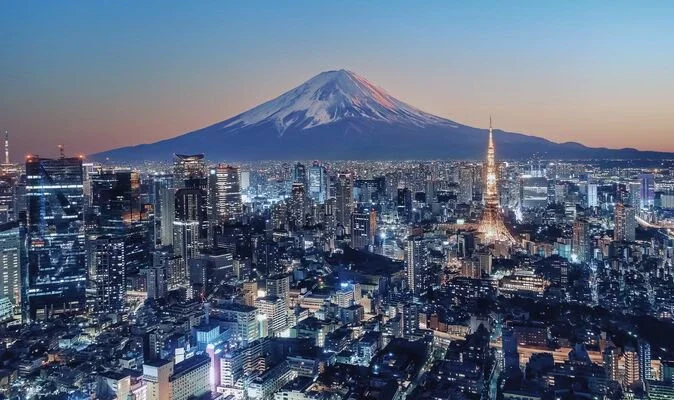
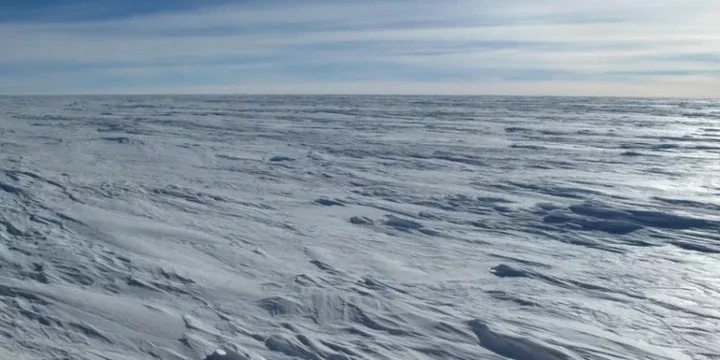
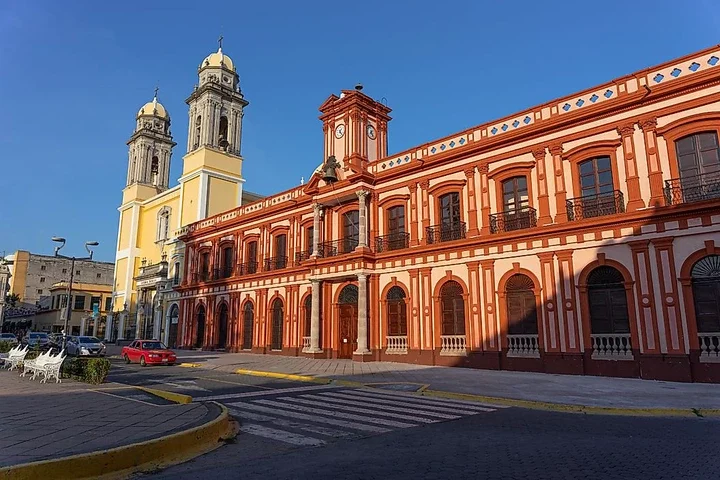
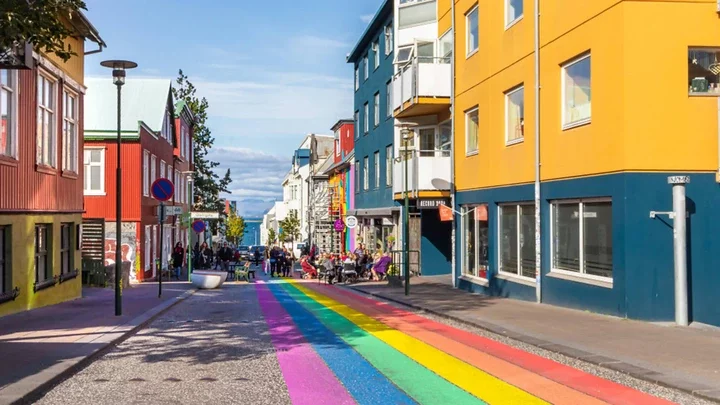









Comments